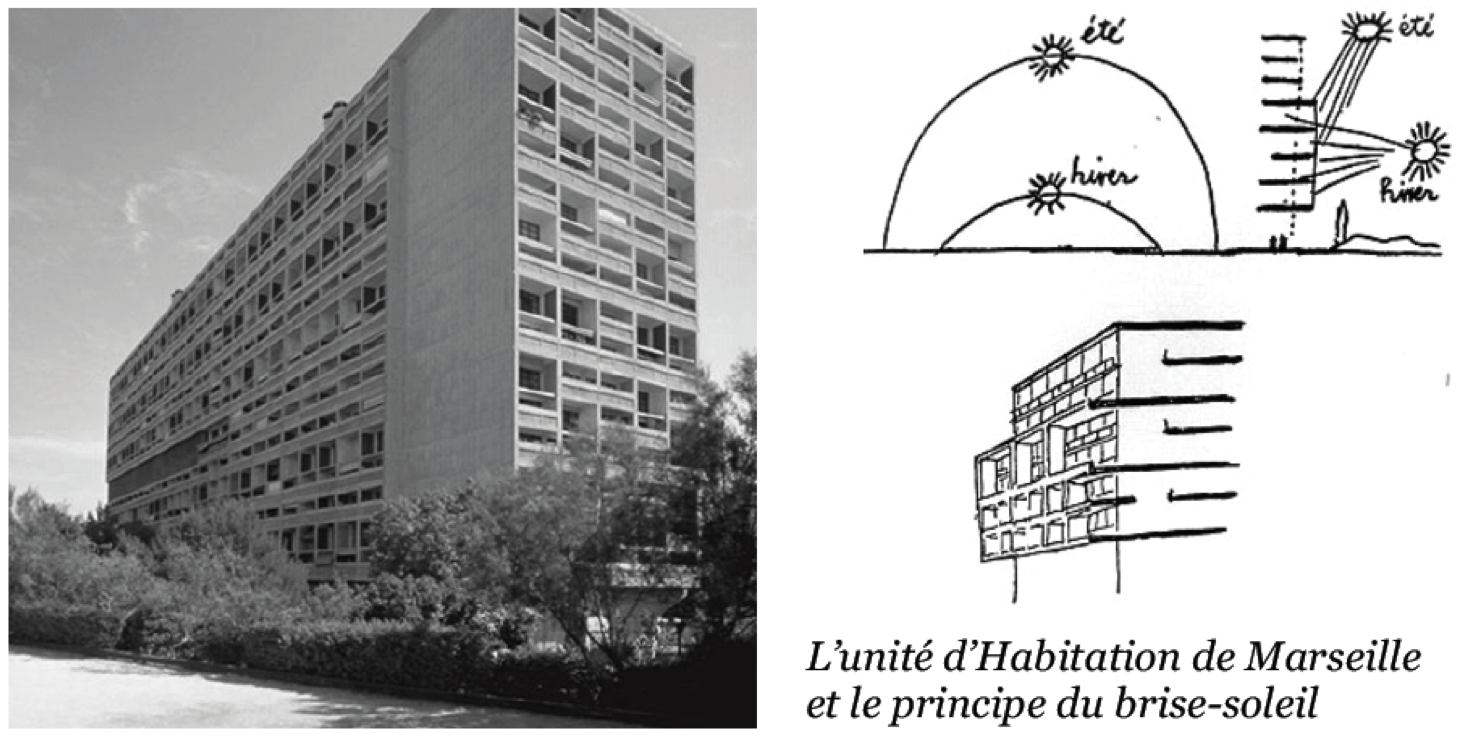Welcome to the ongoing and open Dragon1 Architecture Principles Research
Inform yourself on this website about the Architecture Principles Research of Mark Paauwe.
Are your Architecture Principles as effective as they should be? Do they guide the design and realization of solutions and changes? Try to formulate your architecture principles more effectively using the new Dragon1 theory on Architecture Principles, deliver input with your principles for this research, or join one of the sessions Mark Paauwe presents about the progress.
All data used in this research is open to read. This does not mean it is free to use. The data is owned by the organizations that have provided it. If you want to use the Research Data commercially, you cannot do so without prior written consent from the respective owner. Contact Mark Paauwe at mark.paauwe@dragon1.com if you would like information on how to use the research data, whether for commercial or non-commercial purposes.
Example Architecture Principle from Building Architecture: Brise-Soleil
In this research, I am using the foundations and theories of building architecture to understand architectural principles.
The example comes from one of our great architects of all time Le Corbusier.
Below, you see a principle details sketch showing how the concept of 'Sun Breaker' works because its first principle is to prevent overheating during a summer day and a winter day in a room, but also to catch more sun at once. The principle details sketch shows it, and you will understand it without being an architect.

The sun breaker principle statement formulated compliant to Dragon1 is as follows
'By placing a fixed 'Horizontal Open Shades Frame' in front of a window with always taking the sun's date time-based place into account it is ensured that the room will catch less sun in the summertime at noon and keeps catching enough sun during the other seasons which results in a more comfortable room to live in and less energy needed for cooling air.
Here is a page about other examples of Brise-Soleil.
And here are some remarks about Le Corbusier knowing his inventions not so well: http://www.architectural-review.com/archive/1993-february-le-corbusier-in-the-sun/8616242.article.
The underlying theory of a principle, design principle, and architecture principle in building architecture differs greatly from the mainstream practice of architecture principles in enterprise architecture.
There is a difference, but there needs to be no difference, which is subject to study in this ongoing research. A benefit from this research would be enterprise architects also making sketches and drawings of principle details like the example above.
1. Research Organization
This architecture principles research is conducted by Mark Paauwe under the supervision of Erik (H.A.) Proper of the Tudor Institute and the Radboud University of Nijmegen.
The following organizations and persons take part in this research:
- Radboud University (NL)
- The Henri Tudor Institute (L)
- The Dutch Tax Services (NL)
- Rabobank (NL)
- DSM (NL)
- Candidate: Rijkswaterstaat (NL)
- Tata Steel (Int)
- 6. < to be listed organization >
Our target is ten organizations participating in the research.
For a list of all participating organizations and persons and their statements of participation, you can go here:
https://www.dragon1.com/research/architecture-principles-project/organizations
2. Research Plans
How this research is conducted is in a research plan. Intermediate results and the final results are published in the thesis.
If you are interested in the research plan and the thesis, download them here: (unavailable).
3. Research Data
In this research, which started in 2007, over 250 organizations have brought up lists of architecture principles. A significant amount of that data is publicly available to anyone. Also, the questionnaires completed by architects, analysts, engineers, and managers are available for download. With this, the Dragon1 Architecture Principles Research takes off as one of the first transparent and open research in Business Administration and Information Technology.
The architecture principles data has been categorized into the following types:
- Enterprise Architecture Principles
- Business Architecture Principles
- Informatie Architecture Principles
- Technology Architecture Principles
- Security Architecture Principles
- Reference Architecture Principles
- Design Principles
- Every day life principles
The types of architectures the data comes from are (not limited to): Reference Architectures, Enterprise Architectures, Project Architectures, Solution Architectures, Business Architectures, Information Architectures, Technology Architectures, and Security Architectures.
The types of subjects, projects, or innovations the principles are about are solutions such as Shared Services Centers, Decentralization, Centralization, Digitizing, Case Management, eGovernment, eHealth, and eFulfilment.
The types of organizations the data comes from are: Government, Finance, Banking, Insurance, Retail, Food, Telecom, Education, Industry, Health, and Care.
Download the questionnaires that were used to collect the architecture principles:
https://www.dragon1.com/research/architecture-principles-project/data
4. Research Articles
Go to the following page for the scientific papers, articles, and whitepapers on Architecture Principles that Mark Paauwe has published up until now: (unavailable).
5. Research Agenda
On this page, you will find the research agenda planning. It showed dates when the research started, when it is about to end, and when Mark Paauwe presented on Architecture Principles (unavailable).
6. Research Literature References
Below is a list of presentations, articles, and books about principles, design principles, architecture principles, and related information.
Noted is whether the information contained in the publication conforms to the developed theory in this research.
Of course, if you find something missing or wrong on this literature page, please mail your comments and input to mark.paauwe@dragon1.com
https://www.dragon1.com/research/architecture-principles-project/literature-references
7. Dragon1 Open Standard for Architecture Principles
The intermediate results and outcomes of this research are used to improve the Dragon1 EA Method.
Go to this page to read about the Dragon1 Open Standard for Architecture Principles: Open Standard Architecture Principles
Related Terms